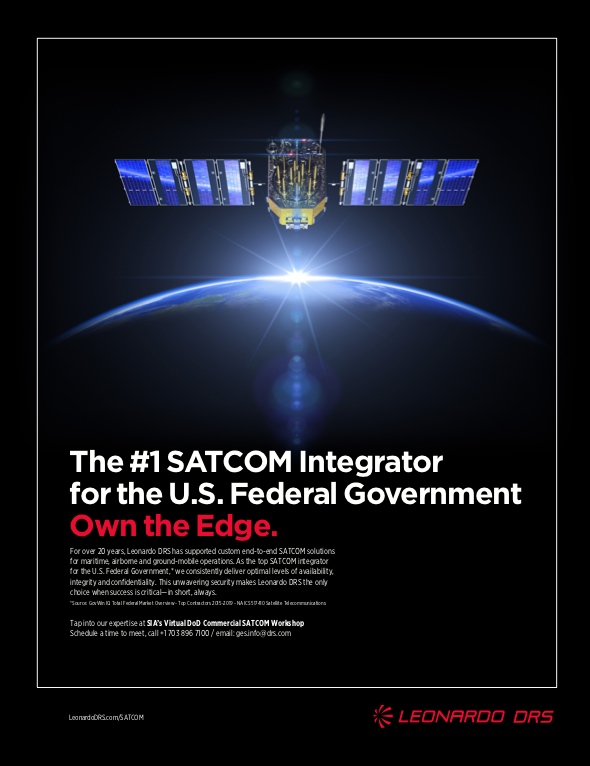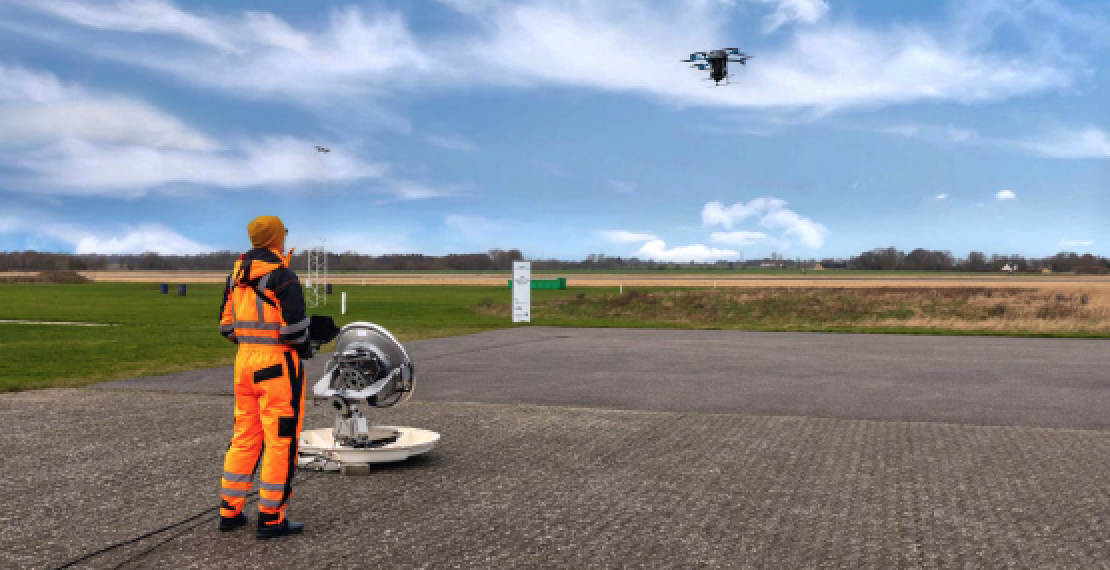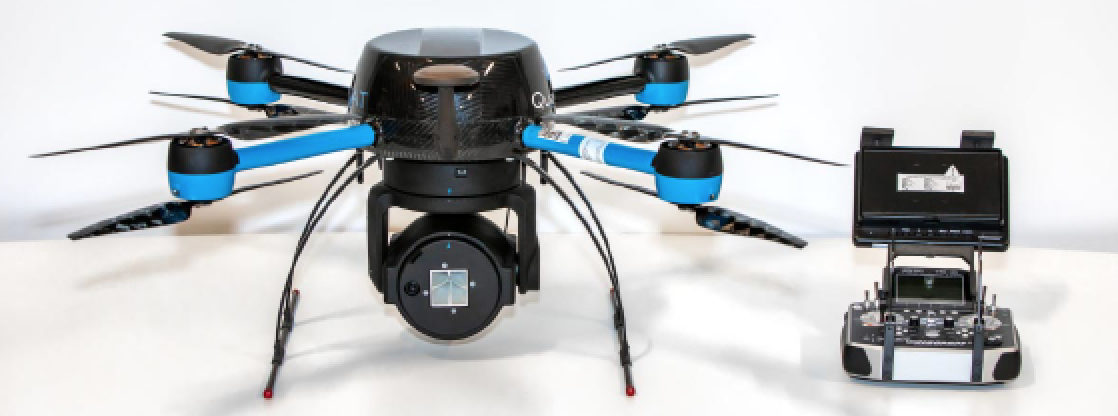The SATCOM industry is full of exciting innovation happening right now — that innovation will be key in helping satellite navigate to the next phase of its development, acting as an enabler for next generation technology.

While it is true that no other network can match the global reach and capacity that satellite achieves, it is only by constant innovation that we can truly maximize its potential in what is becoming an ever more demanding landscape. Thankfully that innovation is occurring — now the industry needs to ensure that great ideas come fully to fruition.
The Role of the Innovators

Innovation has been driving the satellite industry for many years, helping it to constantly adapt to new customer bases and evolving requirements. Sometimes this innovation comes from the industry presenting a problem and a company finding a way to solve that.
One good example of this is a small Norwegian company, Verisat — that firm was tasked with a way to identify VSAT interference. Having developed a new way of identifying as well as geolocating the source, the technology was quickly snapped up and became a part of Kratos.
There are numerous companies looking into other challenges faced by the industry, such as the ever-growing problem of debris in space, with ideas being investigated ranging from preventing debris being caused to finding ways to remove it.Other innovation happens because people see a better or more efficient way of doing something. The more processes within this industry, especially the more mundane ones, that we can streamline, the more efficient we can become.
In the case of QuadSAT, we are streamlining the process of antenna testing so that anyone can simply buy our drone-based product and test their antennas in situ. This will achieve two main things for the industry: first, it will make the process of testing much quicker, simpler, and more cost-effective and, second, it will free up the precious time of research institutes and Universities that are currently carrying out much of this testing. This will have the knock-on effect of allowing them time to work on ground-breaking research to further innovation within the SATCOM industry.
All of these innovative ideas can ultimately improve the efficiency of satellite communications, as well as making the industry more able to compete with other networks. In order to truly tap into the potential of next generation technologies and applications, we need to rethink the way we operate. This includes everything from the way in which link budget is calculated, to how satellite services are monetized. At the
same time, the industry needs to consider how satellite can be an enabler of many of these services and it will be technical innovations that get us there.
Supporting that Innovation
Much of the innovation we see is coming from small and agile companies that possess good ideas. They often have the flexibility to take an idea, test it out and then turn that idea into a marketable reality.
However, the pathway for these small companies, many formed from a collaboration at a university, isn’t easy. After initially identifying a problem that they can solve, or a process they can improve, most will have to invest many hours proving that the initial concept is viable.

Eventually the hard work and dedication yields a working prototype that can be shown to the industry. However, without investment for these start-ups, many will struggle to get any further than the initial idea itself. At QuadSAT, the company’s initial round of investment helped us to take our initial idea, fully test it against industry requirements and get to a stage where we have a solution that we now know can measure antenna performance with an accuracy that is in line with industry guidelines.
Of course, when we talk about investment, we need to remember that often it is not just about capital, though that is always very important. Investors can also bring expertise attained in this industry and a ready-made address book, all crucial for helping to get those small companies in front of the correct people.
I would advise any such company looking for investment to consider that carefully when approaching potential investors. We have been lucky enough to count Seraphim Capital as one of our investors, both in our initial round of funding at the beginning of 2019 and in our latest round this year. Our latest round of investment means we can launch our solution as a product that anyone can purchase and use to test their antennas. Tapping into Seraphim’s network of industry contacts will be fundamental as we bring our product to market for upcoming trade events.
We believe that our solution will ultimately save the industry vast amounts of money on those testing processes. Many other innovations will have the same impact, so the more the industry invests in small teams that possess the most viable competencies and a solid, product market fit, the more that firm will ultimately save itself in the long run.

The Future of Satellite Communications
The satellite communications industry is changing... next generation technologies are emerging. The amounts of data available to us is massive and keeps growing exponentially. The better we get at incorporating it into our daily lives, the faster we improve living standards everywhere by producing a positive loop effect for all.
5G is rolling out across the globe, representing a plethora of opportunities for satellite. There will always be a need for global connectivity and satellite remains the only way of ensuring truly global coverage.
At the same time, its undeniable capacity for large bandwidth means it is the perfect companion for many next generation technologies, such as 5G applications and Internet of Things.
The satellite industry has a long history of delivering much-needed connectivity anywhere in the world. Over the years, the industry has learned how to adapt and respond to new customers and differing customer requirements, but never more so than today.
Consumer demand and expectations coupled with the acceleration of next generation technologies means that satellite has a great opportunity, as long as it can become more cost-effective and accessible in order to maximize its capabilities .
Satellite has the opportunity to shine; however, innovation is required to get to that point. Innovative new ideas and inventions will be absolutely critical to enabling satellite to increase efficiency, decrease costs and work in collaboration with other forms of connectivity.
Satellite has already adapted to new market needs and much of this has been achieved thanks to new innovations emerging within SATCOM. As we move forward, further innovation will be fundamental to that evolution as well as the investments needed to bring those good ideas to market.
www.quadsat.com/

Author Joakim Espeland is the Chief Executive Officer at QuadSAT.
QuadSAT is a Denmark-based company that supplies airborne antenna testing solutions. QuadSAT’s system combines advanced drone technology with a custom RF pointing payload. As a compact system, it is transported directly to the antenna and flies in a pattern to simulate a satellite, resulting in a cost-effective, operationally flexible, and timesaving solution of testing antennas.
Opening image is courtesy of Chronis Yan, Unsplash.

